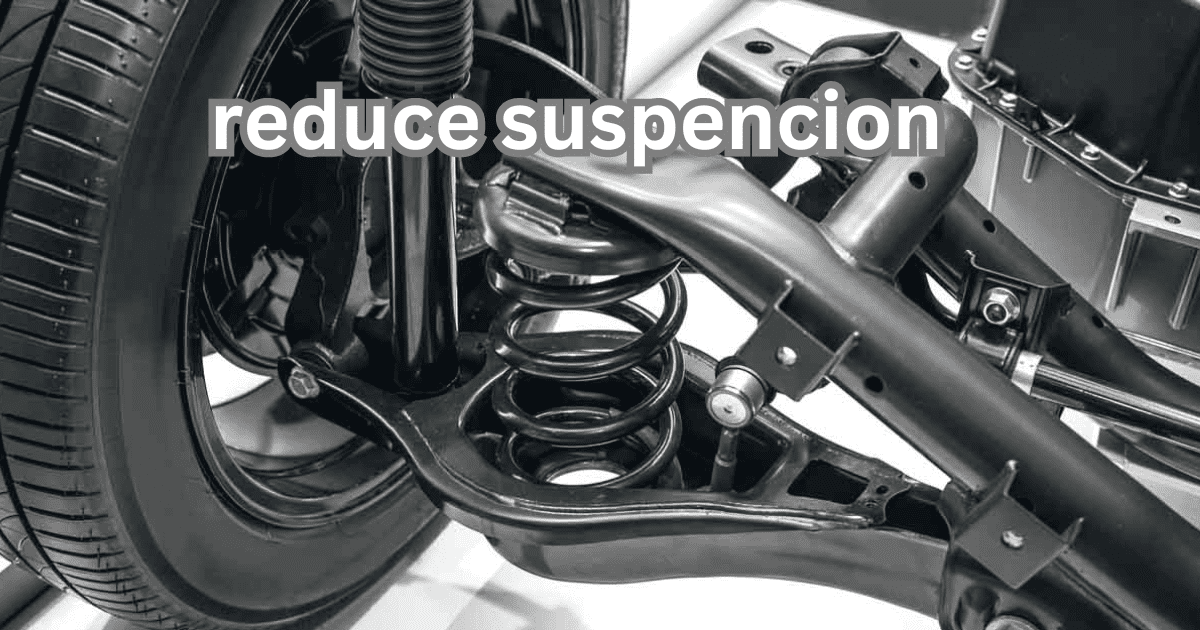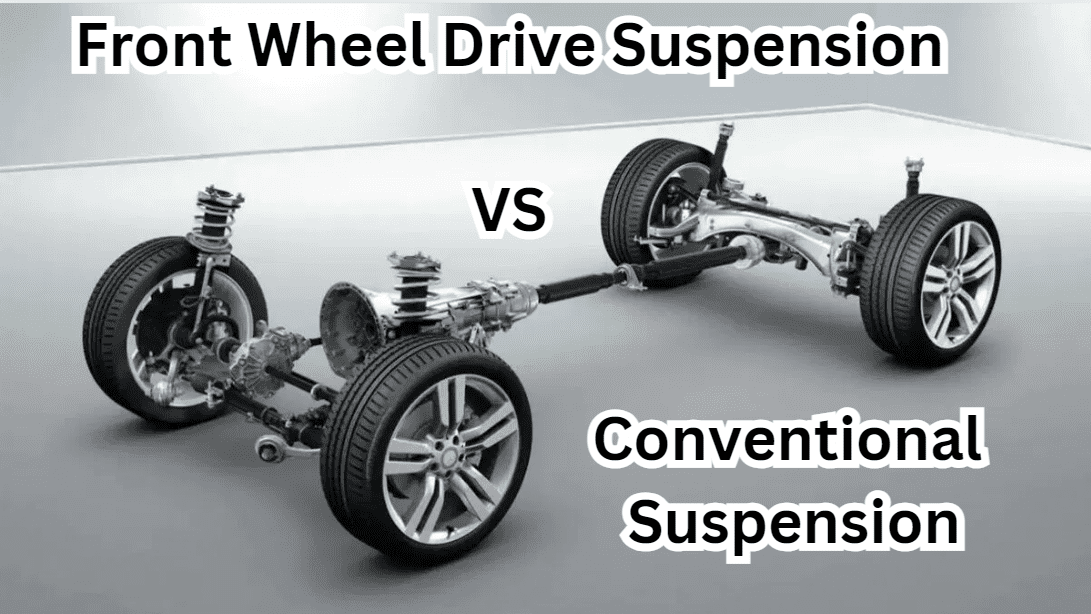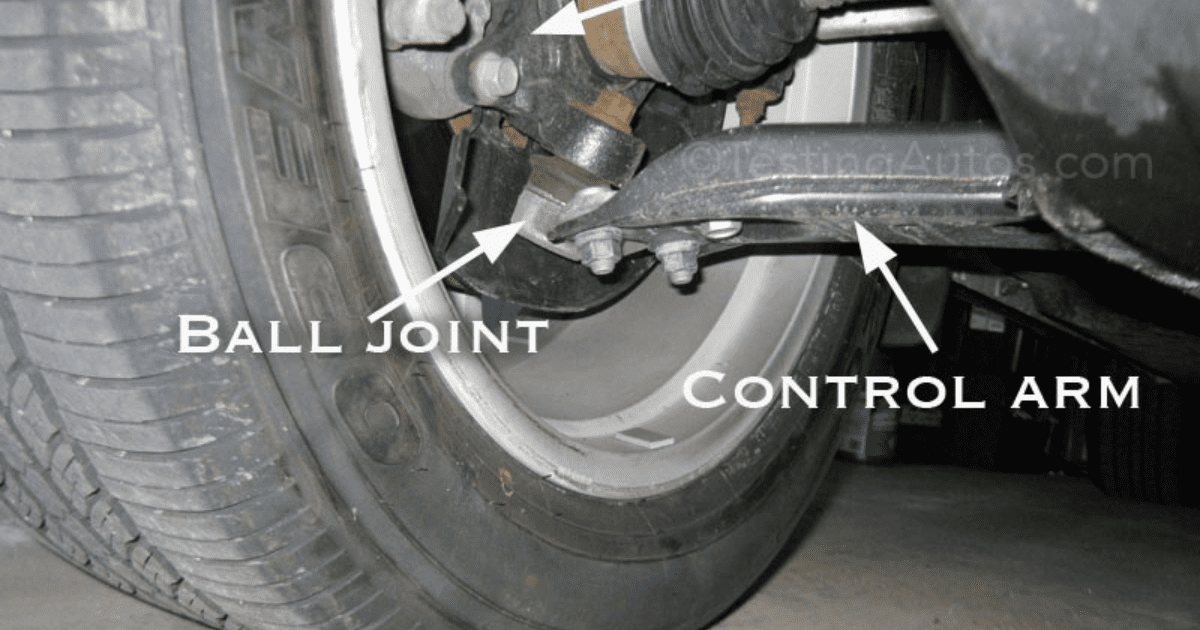The purpose of an automobile’s suspension system is to provide a steady and comfortable ride. But these parts of the suspension system wear out with time, and then you feel like you’re bouncing around in the car. When driving, a vehicle could bounce for reasons other than faulty suspension components. The effects of advancing years are substantial.
Why is my car Suspension Bouncing?
Common causes of bouncing suspensions include worn out shock absorbers, worn out ball joints, misaligned tyres, a damaged steering wheel, broken struts, and impact with road bumps.

Broken struts
Struts dampen bumps in the road and keep tyres in place so the steering and braking systems can respond to driver input. If the strut breaks, it will no longer dampen your ride. Put simply, it will result in the suspension bouncing while you’re driving.
Bad shock absorber
Struts and shock absorbers are visually and functionally identical. The shock absorber’s job is to reduce the force of compression and rebound experienced by the suspension and springs. They prevent your tyres from losing traction and keep you from skidding. Your vehicle will experience bouncing while driving if the shock absorber fails.
Poor wheel alignment
Poor wheel alignment is another cause of bouncing at high and low speeds. Damage to the suspension parts is increased when the wheels are not properly aligned. The wheels’ camber angles can be affected by springs moving out of place due to misalignment. In addition to damaging the suspension components, this will make the ride seem rough.
Bad tires

A vehicle could also bounce due to worn tyres. For instance, a jarring ride can be the result of deterioration to the tire’s sidewalls or cupping. Tyres that aren’t up to par will usually deflate really rapidly. Tyre pressure leaks are a common symptom of a faulty tyre.
Uneven tire pressure
The sole component of your vehicle that really touches the pavement are the tyres. Therefore, to ensure safe operation, easy handling, and a pleasant ride, they should be serviced often. Keep the tyre pressures at the recommended levels in addition to using high-quality tyres. Uneven road surfaces might be the result of poorly gauged tyres.
Faulty steering wheel system
Uneven handling is a typical indicator of a malfunctioning steering wheel mechanism. It could be time to fix the steering system if your front end is bouncing about at high speeds. You will need to get a new wheel if this is the main reason.
Road conditions
Do not point the finger at any part of your vehicle if, upon initial use, both front and rear tyres begin to bounce. It can be because of the state of the roads. For instance, when you’re off-roading, you won’t have to gripe about the rough ride. You should take it to a mechanic for a checkup if the bouncing persists even on flat ground.
Other bad suspension components
Finally, bouncing will be the result of any additional subpar suspension parts. Bounce is caused by a number of things, including damaged tie rods, other suspension bushings, short tie rods, and damaged upper and lower camber bushings. To find out who’s at fault, you have to check every part of the suspension system.
How to reduce and fix suspension bounce
You now know that bouncy car suspension systems can have multiple causes. The same holds true for the fact that there are multiple solutions. On the other hand, all you have to do is identify the source of the problem and fix or replace it.
If your suspension is too bouncy, try repairing the struts and shock absorbers, worn out tyres and broken springs. You should also align and balance the wheels, check the tyre pressures often and replace any damage that you find.
Replace bad shock absorbers and struts
Shock absorbers and struts are the primary components of a bounce house that I inspect initially. When a car has too much bounce, they are usually to blame. If the diagnosis indicates that they are defective, replace them. Usually, that’s all that’s needed to resolve the issue.
Get a wheel balancing and alignment
If the suspension is misaligned, adjusting the wheels to their appropriate positions will dampen or eliminate the bouncing. While you’re at it, you might as well balance and inspect the wheels. Uneven tyre wear can lead to bumpy rides.
Inflate the tires
Several problems can arise from uneven tyre pressure. Thus, you need to make sure the tyres are inflated. They should be just the right amount of inflated or underinflated. Uphold the specified PSI for both the front and back tyres.
Get better tires
One of the causes of a bumpy ride, as mentioned before, is worn tyres. Swap out the old tyres for new, higher-quality ones from a reputable brand. No more bouncy rides thanks to premium tyres. It will make the system easier to handle and safer to use, and it will also make some parts last longer.
Inspect and replace damaged suspensions.
Make sure to check all of the suspension system’s other parts, such as the ball joints, camber bushings (both upper and lower), and more. Fix any broken parts of the suspension. On occasion, the bumpy ride may be due to a combination of factors. Replacing a single element will have no effect on the bounce rate. You need to find every broken part and replace it if you want perfect outcomes.
Conclusion
It won’t help to know what causes suspension bounce or how to lessen it if you do nothing. You won’t see any benefits unless you put this knowledge into practice.
The root of the problem is often straightforward and may be resolved with the help of a good advisor. The most typical cause of these problems is the requirement to replace broken suspension parts.




